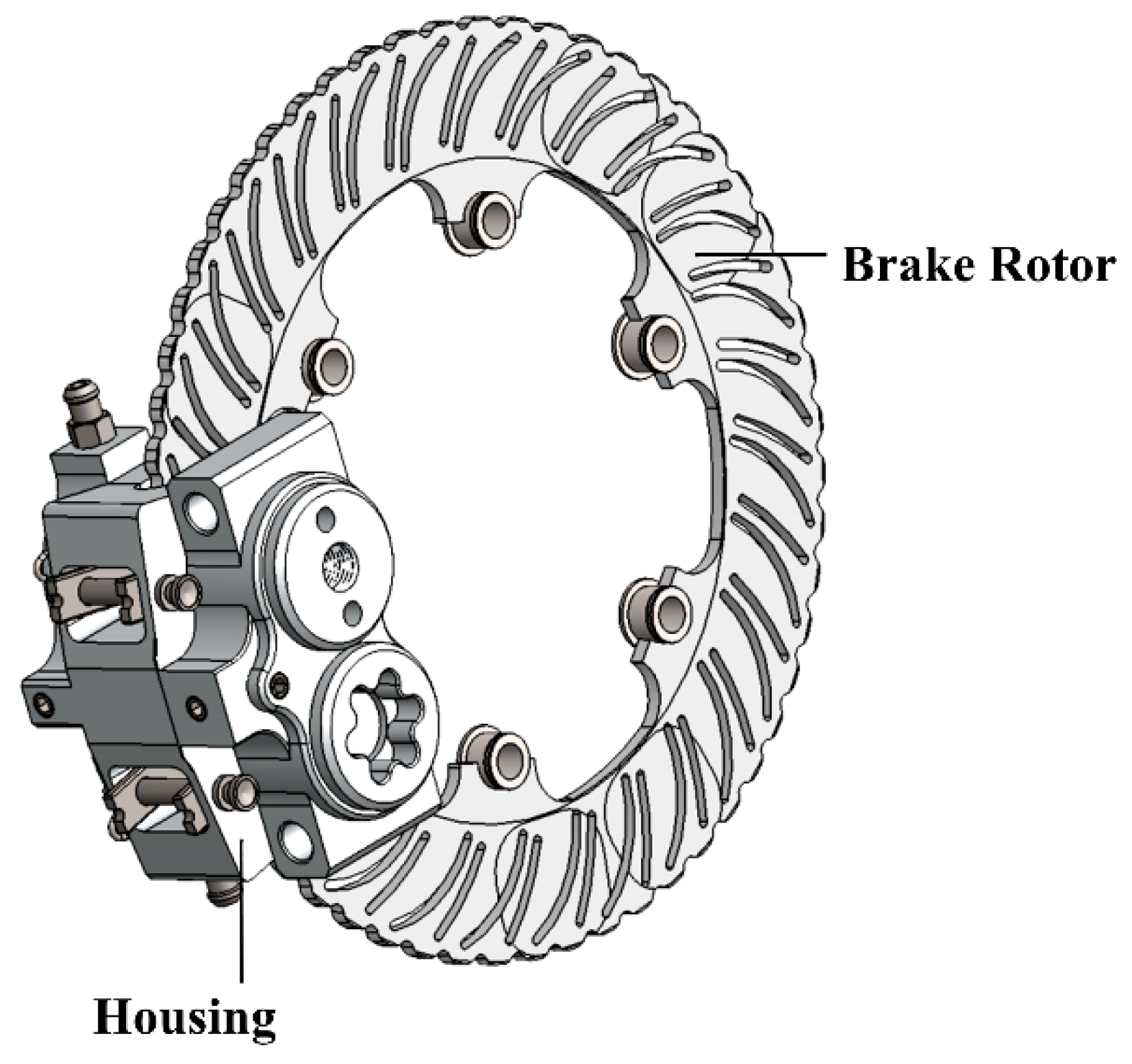
A very simple example is to subtract a surface pressure the inlet from the surface pressure from the outlet to get the pressure difference, or more specifically a pressure drop for the system. Last, but not least importantly, is an Equation goal which can be defined using anyone of the previous goal types in a mathematical equation. I often use a Volume goal as a “Component” goal to find the temperature of a specific component.

Like surface goals, you can select more than one surface or volume (depending on the goal type). Surface goals are very useful for getting pressure drops, as I will explain when talking about Equation goals later.Ī Volume goal is a parameter within specified volume(s) it can be applied to parts, components within a subassembly and even bodies within a multi-body part, essentially whatever defines a volume. If you choose a parameter such as Total Pressure, you can request the min, average, max or bulk average value on that surface or if you choose mass flow rate, for example, you will get the integral value for the entire surface. Many times I’ll pre-select one of the inlet or outlet boundary conditions to use as a surface for this goal type. Surface goal is a parameter on selected surface(s). (Check out the Probe in the Results tools for grabbing computed data on plots at a point.) I personally don’t use this goal very much, but it would be useful to someone who wants to compare the computed results to physical test data at a given point. One use of a global goal is to find out what is the maximum temperature for all the solid components in the model.Ī Point goal is a value at a specific point, and can be specified either by a reference or 3 coordinate values. And instead of Goals being used to finish the calculation, you typically run the calculation up to a specific physical time for which you then stop.Ī Global goal is a physical parameter calculated in the entire Computational Domain, which is the box that encompasses the entire fluid and/or solid volumes where the solution is solved. But know that the parameters may never converge because they are constantly changing in time. Goals are still important in a transient solution as you can still monitor them during the calculation. Note that in the above items 2 & 3, I made the assumption that the problem being solved is a steady calculation and not changing with time as transient solution would. Because of the conservative structure of the software, most times this is well before the internal convergence criteria would have stopped the solver, so you save valuable time by defining Goals. And Goals are a great way to indicate that the flow parameters have converged to a certain solution and it is reasonable to finish the solution. The solver could run indefinitely, but at some point the solution is changing very little with successive iterations, so you have to end the calculation.
#Solidworks 2010 parts wont drag software
The software itself has some built-in functionality for convergence of the solution, but with Goals it gives the user confidence that their key design criteria are accurate. Initially the Goals will change a good bit, but eventually they will not change as much and will begin to level out to some value. You can track these iterations by monitoring the Goals in both a table and plot. Not the least to mention that while solving the problem, you can view updated values for the Goals in the solution monitor window.īecause the equations governing fluid flow are highly nonlinear, the problem is solved iteratively where the parameters are updated in every computational cell in each solution step. Putting the goal chart to work in the Compare Tool also provides an insightful comparison of results from other projects, where you have either varied the model geometry or a flow parameter. This is great for a visual summary of your project.

After solving the problem and reviewing the results, you can very quickly ask the software to view a table of your goals or automatically create one in an Excel spreadsheet. Some examples might include maximum velocity in the Y-direction globally or a component’s average temperature. The main purpose of Goals is to define for the project what are the key design objectives for your simulation.

#Solidworks 2010 parts wont drag how to
My hope in the post is to attempt to clear up any questions that you may have about Goals by breaking it down into 3 sections: first, what is the purpose of using Goals second, what are the different types of Goals and lastly, how to define them. One of the key technologies in SOLIDWORKS Flow Simulation is a concept in the software called Goals.


 0 kommentar(er)
0 kommentar(er)
